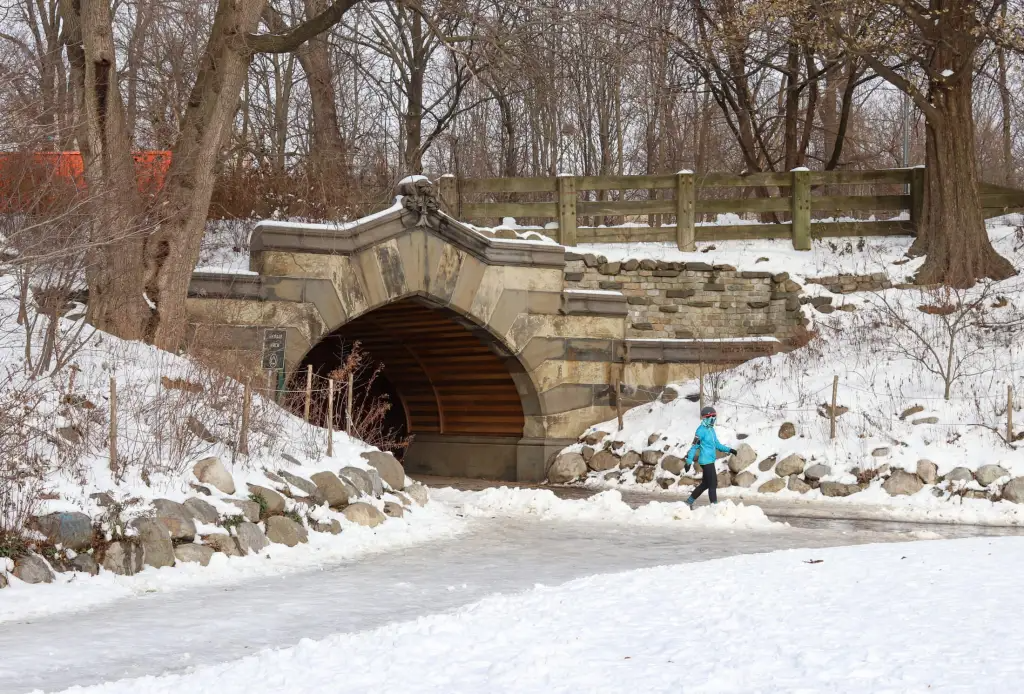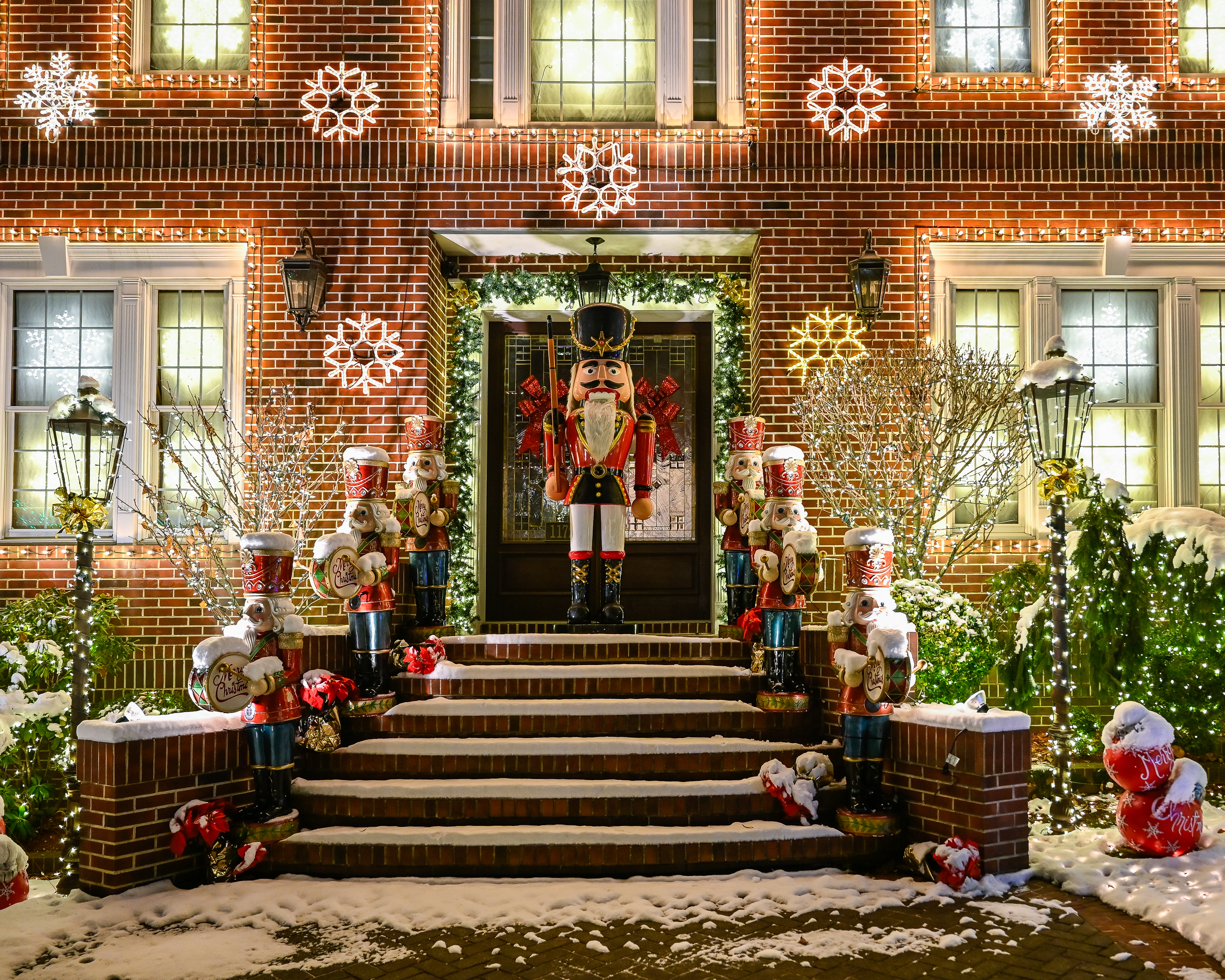Building of the Day: 397 Marcus Garvey
Brooklyn, one building at a time. Name: Former Rand Rubber Company, now Glorious Church of God in Christ Jesus Address: 397 Marcus Garvey Boulevard Cross Streets: Corner Halsey Street Neighborhood: Stuyvesant Heights Year Built: Main building, around 1888, later altered Architectural Style: Late 19th century brick factory Architect: Unknown Landmarked: No The story: Bedford Stuyvesant and…


Brooklyn, one building at a time.
Name: Former Rand Rubber Company, now Glorious Church of God in Christ Jesus
Address: 397 Marcus Garvey Boulevard
Cross Streets: Corner Halsey Street
Neighborhood: Stuyvesant Heights
Year Built: Main building, around 1888, later altered
Architectural Style: Late 19th century brick factory
Architect: Unknown
Landmarked: No
The story: Bedford Stuyvesant and Stuyvesant Heights were developed as predominantly residential neighborhoods. There are some outlying border sections, and streets like Fulton Street that had some factories and manufacturing on them, but for the most part, it was pretty much residential. A person today wanting to live in an industrial loft in Bed Stuy would have pretty few choices; there just aren’t a whole lot of industrial buildings here.
The lack of industrial architecture in the Stuyvesant Heights neighborhood has always made me wonder about today’s building. Why was it in the middle of a residential neighborhood? Well, zoning, as we know it today, wasn’t implemented until the 20th century. The building is about the same age as the armory and the residential housing. They actually grew up together, which would cause problems down the road, as you’ll see. Of course, as I passed, I always wondered, “What was this?” Well, it was the Rand Rubber Company, doing business at the beginning of the 20th century as the Brooklyn Shield and Rubber Company.
A map from 1888 shows two masonry buildings on these odd shaped lots, but the footprint is much different. They belonged to an earlier rubber factory called the Rindskopf Brothers Company, operating in the 1890s. Even then neighbors were complaining about the manufacturing here on Sumner Avenue, which today is Marcus Garvey Boulevard. But the factory continued to grow, taking over the whole corner. The present day shape of the rubber factory was in place by 1908.
Brooklyn Shield and Rubber made rubber clothing items such as bathing caps, rubber coated baby underwear and ladies’ dress shields. There are ads in the Brooklyn Eagle for female factory operators for all of those items. Dress shields, if you are too young to remember them, are butterfly wing-like pieces of fabric, coated on one side with a thin rubber coat that were fastened under the armhole of a garment. They protected the fabric from perspiration, and since people wore their clothing until the garment wore out, this extended the life of the piece. You can still find them today, but they certainly aren’t big business anymore.
The company was owned by Henry P. Rand, who lived at 348 New York Avenue, near President Street, in Crown Heights. In 1922, the company bought some new equipment which caused neighbors on Halsey and Hancock Street to complain and lodge a suit in the Court of Special Sessions. They said that the vibrations from the machinery were causing a public nuisance, and were causing cracks in their walls and ceilings.
The courts listened to testimony of 30 people, and then made a trip to the factory to see for themselves. Rand had testified that the machinery did not vibrate to that extent, and was quiet. The case was one of the longest in the annals of the Court of Special Sessions, to date, and in the end, the factory was exonerated in the charge of being a public nuisance, although the judges did leave the door open for a private civil suit. A year later, a law suit was filed by eight homeowners on Hancock Street, behind the plant. The papers don’t follow up on whether or not they won.
In 1935, Henry Rand died in a horrific fire that consumed his summer home in Branford, Ct. He was 81, and had retired several years before after handing over the company to his son Leroy Rand. He and his wife and servants were in their country house when a fire started. Mrs. Rand and the maids made it out, but Henry was trapped on the second floor. He was seen calling for help, and a neighbor tried to get in the house, but broke his leg when he fell through the floor. Henry’s body was later found in the stairwell on the ground floor. He had almost made it out.
I don’t know how long the Rand Rubber Company operated at this location, but Leroy Rand owned the building until 1970, when he sold it to the Henroy Company. They lost it in 1976 to the City of New York. The city sold the abandoned building to the Glorious Church of God in 1982, and they have had it ever since. The only photograph of it being a factory is the 1980 tax photo, which shows an abandoned building with broken windows. GMAP
(Photograph: Greg Snodgrass for PropertyShark)











I’ve always wondered about the rest of this block between Sumner and Lewis. Most of the north side of the block is relatively recent new construction. What was there before? Just curious.